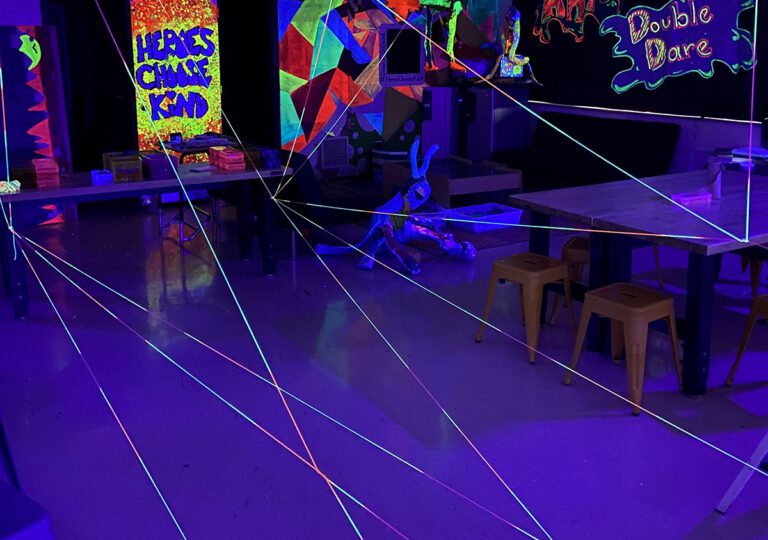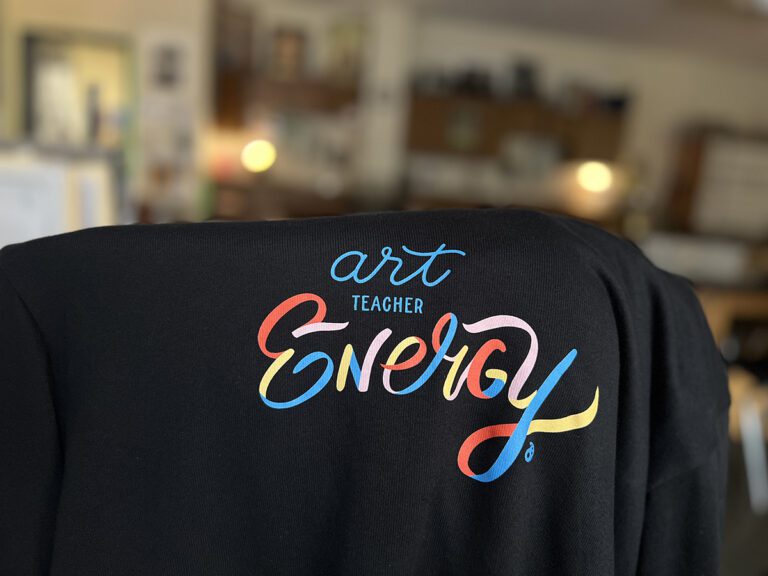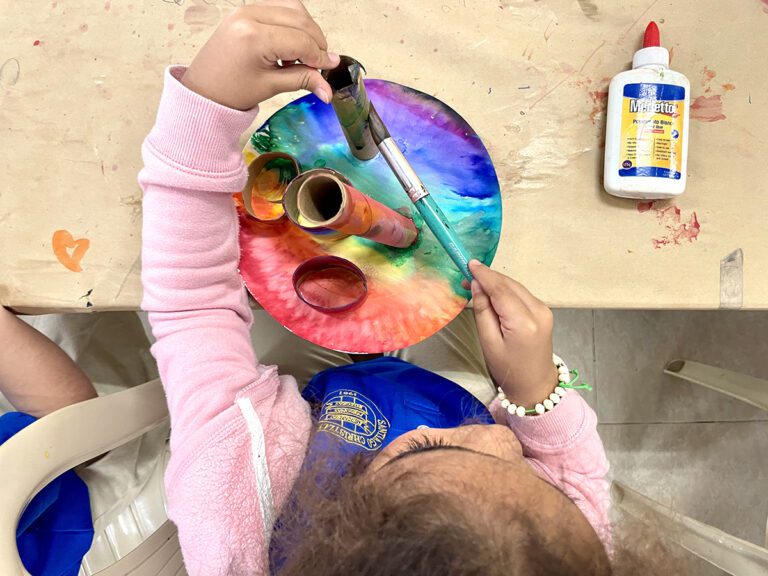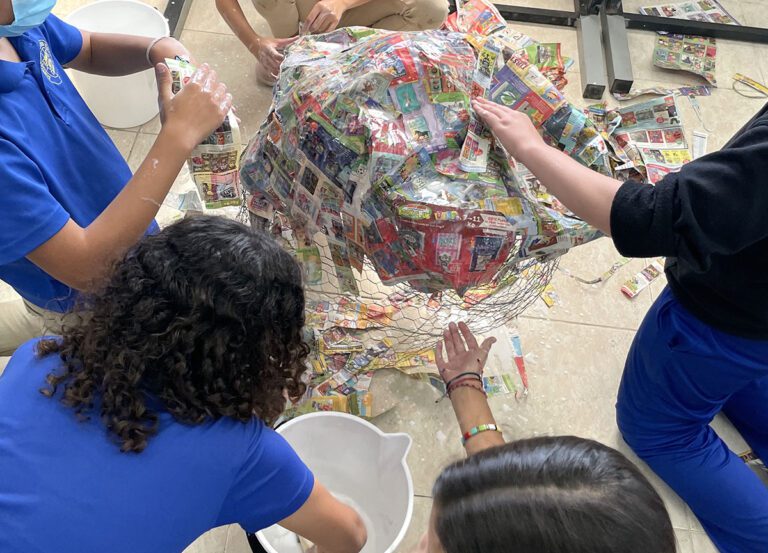Social-Emotional Learning has come to the forefront in classrooms. As art teachers, it is imperative to think about our students’ creative practice and how they understand the world around them. In Sara K. Ahmed’s book, Being the Change: Lessons and Strategies to Teach Social Comprehension, she outlines social comprehension skills. She also provides teachers with tools and activities that help students make sense of themselves and the world around them. While this book is written for teachers in general, many of the themes can be adapted for the art room specifically.
When we make students’ thinking visible and encourage them to practice empathy, we can build trust in the classroom.
As art teachers, we know expression and identity are imperative to our teaching pedagogy. We can use Ahmed’s tools to address topics such as race, gender, politics, religion, and sexuality when (not if) they come up in the art room.
Social Comprehension in the Art Room
Identity
Identity is a common topic in the art room. We ask students to express themselves with each project. We encourage them to incorporate their interests, personality, and values into the work they create. Through their artwork, students consider all the unique characteristics that make them who they are.
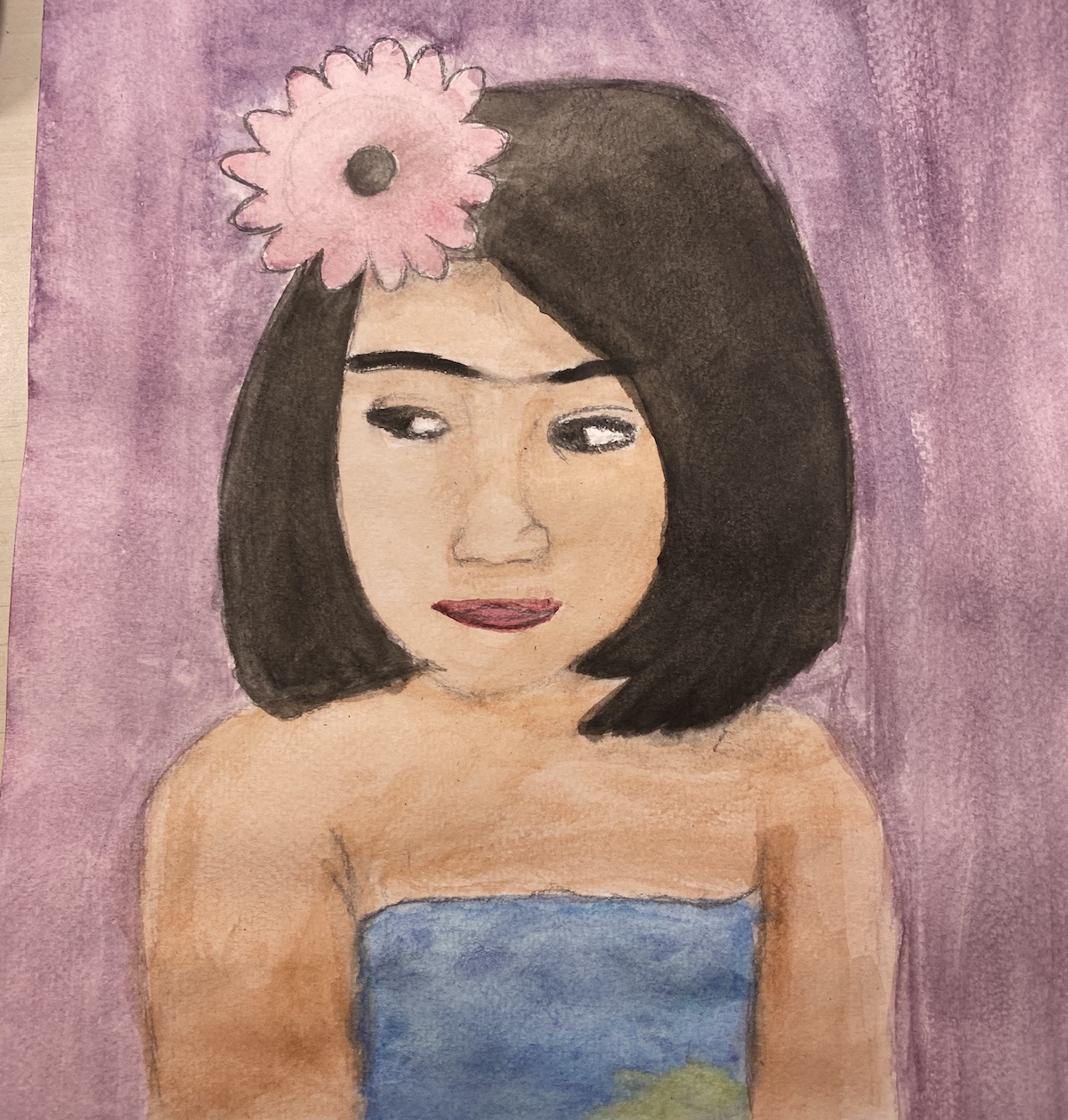
In the classroom: You may have students create self-portraits, and in the background, they could write or draw symbols of things that define them. Words like: athlete, student, son, daughter, sister, brother, artist, musician, reader, writer, etc. As students include more about themselves, they are actively affirming their own identity. Students will find common words or symbols in the work of their classmates. This creates a dialogue where students begin to notice they have many things in common with one another.
Bias
According to Ahmed, bias is “when we have our mind made up about something based on a prior experience, our environment, or some part of our identity.” We all have biases. When we teach students about implicit bias, we teach them how to think about their thinking as they consider different topics.
In the classroom: Ask students to draw a picture of one of the following: a doctor, scientist, teacher, athlete, or pilot. Have the students label their drawings and close their sketchbooks. Introduce what the concept of bias is. Ask students if anyone has heard of this word before and allow them an opportunity to discuss their personal experience with bias. Ask students to privately look at their drawings and consider the choices they made. Tell them to use an inner voice to ask the questions, What gender did you choose? What skin tone? What age? Etc. Tell students that they may share their thoughts about the activity with a nearby classmate if they are comfortable.
Building Awareness and Empathy (Ep. 183)
Some of your students may feel embarrassed about their drawing as a result of their bias. Reiterate to students that everyone is biased. You may use yourself as an example and say that you might have drawn the scientist as a man or the teacher as a woman and that you are guilty of bias, too. This is not an exercise in judgment but an opportunity to see some of our own biases and how we can confront them.
A Step Further: Now that your students have a better understanding of bias, you can help them see instances of bias in the art world. Much of our art education textbooks and resources feature a canon of male, European artists. Why is that? Who else is missing? Encourage your students to ask questions about the images they see daily.
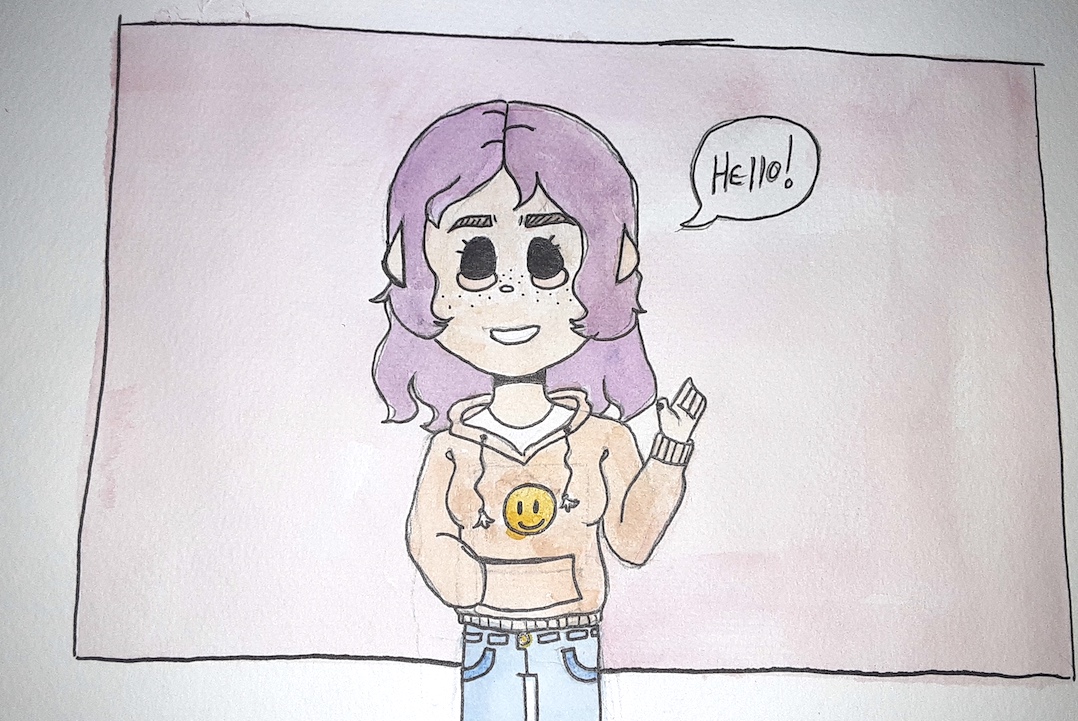
Information
You can demonstrate to students how our identities shape the kind of news or information we seek to understand our world better. Ask students to share what they consider “newsworthy” in their lives. Ask them what’s going on this week or the upcoming weekend in their lives. You can also give them student-friendly sources like Time for Kids. Encourage students to share what they consider news with a nearby classmate. You can model things in your own life and what you consider news. You can share some details about your life or current events that are important to you. After you’ve shown students how to think about their lives as news, you can start to point out how our identities influence our news.
5 Examples of Personal Interests to Share in the Classroom
In the classroom: For example, if you shared in your news that you are excited about an upcoming football game, this may be a result of a lifetime loyalty to that particular team. You may have family memories or maybe the regional team where you were born, etc. Ask students to consider their news stories and think about why it’s newsworthy to them. It may be directly related to aspects of their identity. Allow students to share their news with the class. Students could create an illustration to express their bit of news. As students present or share with the class, ask them to explain their thinking about how they feel and what connections they made to their identity. Be understanding if some students choose to keep this private.
Inquiry
As students gain more insight into their thinking, they may better understand how their identity influences how they see the world. Ask students to take their thinking one step further and make an inquiry. Students will explore their news further by asking themselves, “What are the gaps in my knowledge? How can I grow from this?”
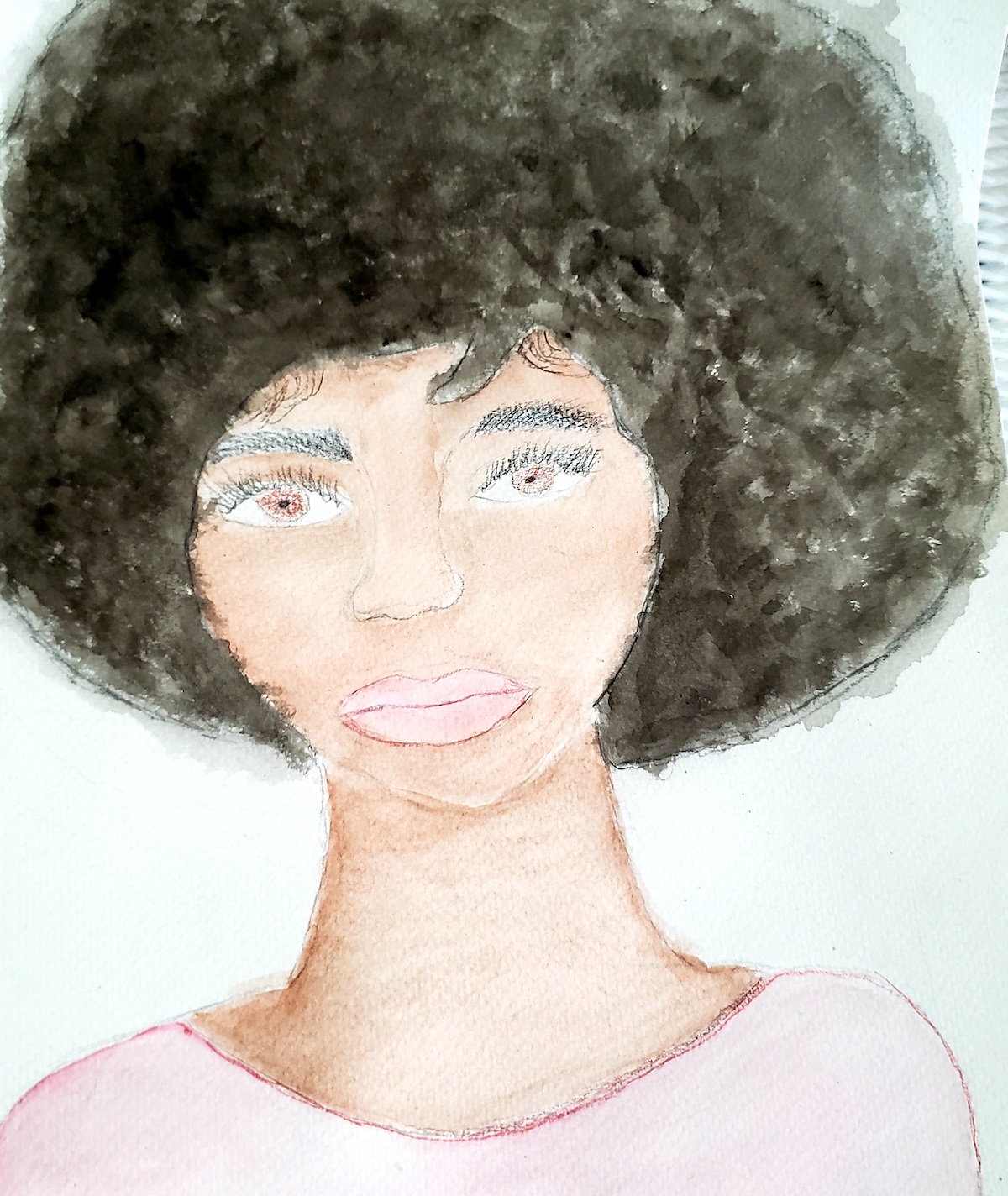
In the classroom: Ask students to think about ideas for action. For example, once they’ve identified the gaps in their knowledge, what they don’t know, they may identify sources of information where they could learn more. How will they become better informed on their topic? Students can illustrate their thinking about their chosen topic. As they begin their plan of action and filling in the gaps of their knowledge with new information, they can add what they have learned to their initial drawing.
How to Help Students Process, Reflect, and Enact Change
These lessons and activities encourage students to be mindful of their thought processes. We all have opinions and reactions to various topics, but why is that? We all have biases from previous experience, where we live, or some aspect of our identity. Teaching students to recognize this can help them grow to be more self-aware and to see the humanity in others.
As art teachers, we are constantly introducing students to artwork from all around the world, created by artists of diverse backgrounds. With social comprehension tools, our students can make inquiries about the artist to understand their work better. As students create their own works of self-expression, they may better understand their identity and the creative choices they are making. With a better sense of themselves and the world around them, students will thrive.
How do you approach topics such as race, gender, politics, religion, and sexuality in the art room?
How do you respond to someone who says social issues have no place in art education?
What projects have you developed in your art room to address bias?
Magazine articles and podcasts are opinions of professional education contributors and do not necessarily represent the position of the Art of Education University (AOEU) or its academic offerings. Contributors use terms in the way they are most often talked about in the scope of their educational experiences.


